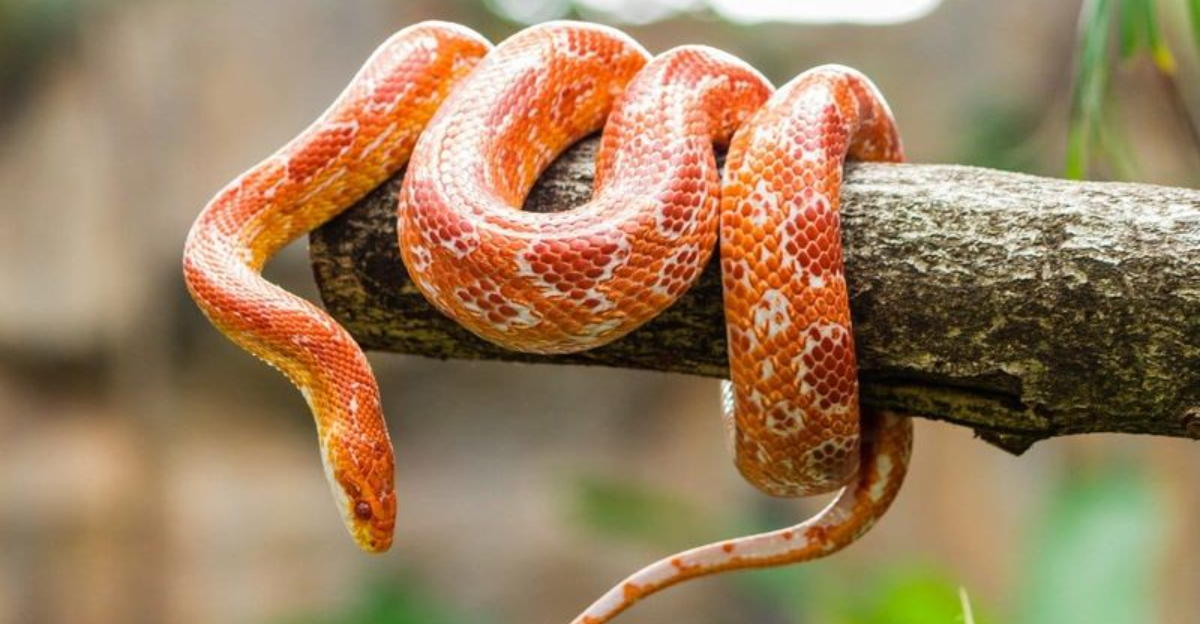If you’re bringing home your first snake in Arizona, knowing its unique desert-born needs can mean the difference between a thriving companion and a stressed-out pet.
With over 50 native snake species here—and strict legal rules on venomous ones—first-time keepers often stumble.
But with the right setup, routine, and care, you can create a safe, enriching home for your scaly friend.
I’ve been breeding Arizona snakes for 15 years, and here are the ten rookie mistakes I see most often—and how to avoid them.
1. Squeezing Snakes Into Tiny Enclosures
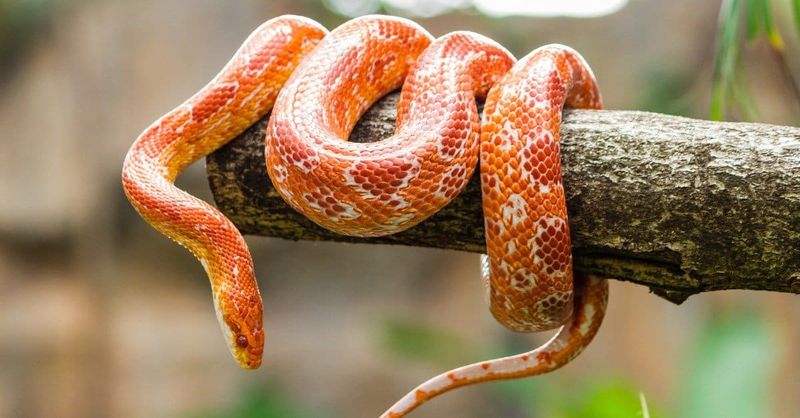
My first ball python, Monty, lived in a shoebox-sized container because the pet store said it was ‘cozy.’ Big mistake! Snakes need room to stretch, explore, and thermoregulate properly. A cramped snake is a stressed snake.
Arizona species like kingsnakes and rattlesnakes naturally roam several acres in the wild. Your enclosure should allow your snake to fully extend its body and have distinct temperature zones. For most adult snakes, this means at least a 40-gallon tank.
Remember that your snake will grow! That cute baby Gopher snake might be 12 inches now, but could reach 5-6 feet as an adult. Plan ahead and invest in an appropriately sized habitat from the start, or be prepared to upgrade as your snake grows.
2. Creating A Desert Inferno
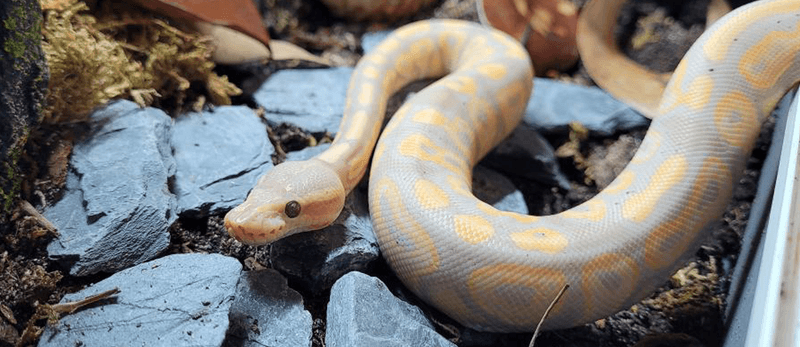
“Just crank up the heat—they’re desert animals!” That’s what my neighbor thought before his Western Hognose developed severe burns. Even Arizona snakes don’t bask directly on 110-degree rocks all day.
Proper temperature gradients are crucial. Your enclosure needs a warm side (88-90°F for most species) and a cooler side (75-80°F) so your snake can regulate its body temperature. Single heat sources that warm the entire tank are dangerous and prevent natural thermoregulation.
Use thermostats—not rheostats—to control temperatures, and always measure at snake level, not air temperature. Place multiple thermometers throughout the enclosure and check them daily. Remember that under-tank heaters can cause glass to crack if not properly regulated!
3. Turning Tanks Into Bone-Dry Wastelands
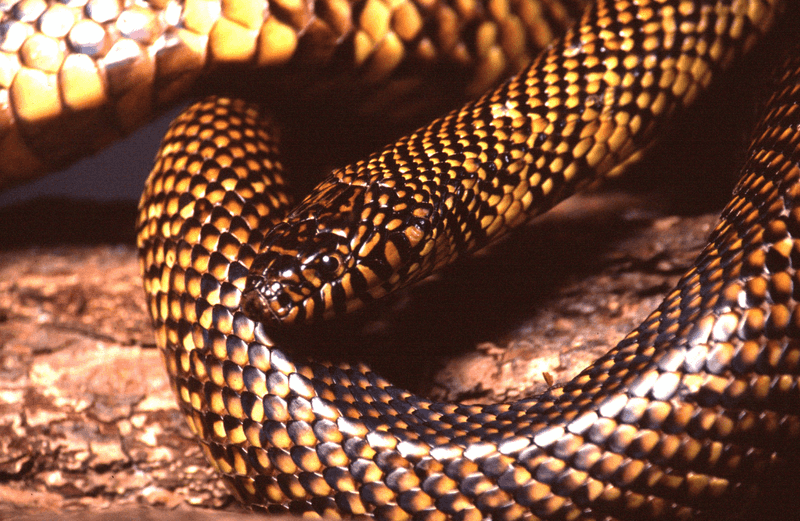
“Snakes from Arizona don’t need humidity!” I chuckled when hearing this at a reptile expo. While our native snakes tolerate drier conditions than tropical species, they still need moisture to thrive and shed properly.
Even desert dwellers like Sonoran Gophersnakes seek out microhabitats with higher humidity in nature. Provide a humidity hide filled with damp sphagnum moss where your snake can retreat when needed, especially during shedding. Without this, stuck shed can restrict blood flow to extremities or even cause eye damage.
Mist one side of the enclosure lightly every few days, and always provide fresh water in a bowl large enough for soaking. Humidity levels between 30-50% work well for most Arizona species, with slight increases during shedding periods.
4. Playing Dangerous Dinnertime Games
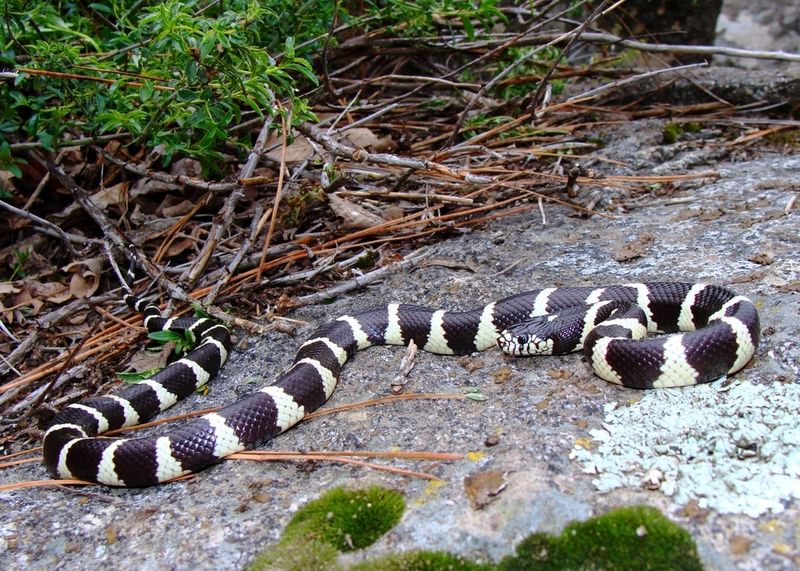
The screams still haunt me from when my friend’s live mouse bit his snake’s eye, causing permanent damage. Live prey can put up a serious fight, and their sharp teeth and claws pose real risks to your snake’s safety.
Fortunately, most captive snakes will accept pre-frozen or previously euthanized prey, which greatly reduces the chance of injury. If your snake hesitates to eat, try warming the prey slightly, using tongs to simulate natural movement, or leaving it in the enclosure briefly (but always remove uneaten food within 24 hours).
Never leave live prey alone with your snake. If your snake refuses non-moving food, supervise feeding very closely and intervene if necessary. For Arizona species like kingsnakes—known to confuse cage mates with food—it’s safest to feed them in separate enclosures to avoid accidents or aggression.
5. Forgetting Snakes Are Escape Artists
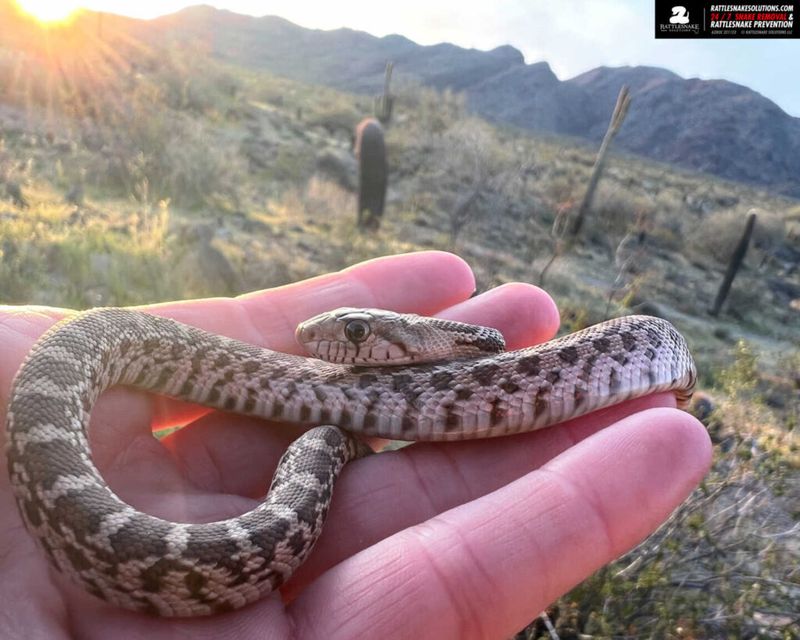
Houdini has nothing on my California Kingsnake, Elvis! I once found him slithering across my kitchen counter after he pushed up a poorly secured screen top. Snakes are masters at finding the tiniest openings.
Secure your enclosure with clamps, locks, or weights—especially for species like Coachwhips and Racers that are particularly athletic. Check that all access points—including equipment ports, corners, and ventilation areas—are snake-proof. Remember that snakes can push with surprising strength and squeeze through gaps smaller than their head.
If you have a particularly determined escapee, consider enclosures specifically designed for reptiles rather than converted aquariums. A lost snake in Arizona might find its way outside where extreme temperatures can be fatal, or encounter dangerous situations indoors like appliances, pets, or toxic substances.
6. Picking Species That Need Professional Skills
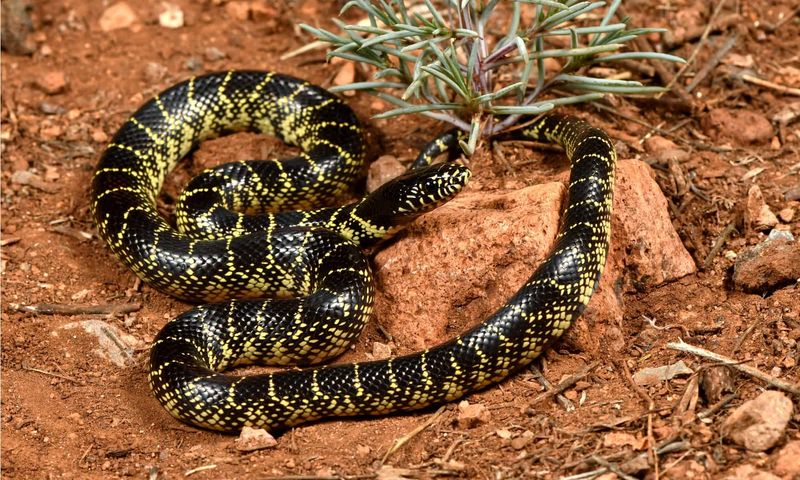
My heart sank when a teenage neighbor showed me his new Western Diamondback. Venomous snakes aren’t starter pets, yet pet stores rarely discourage enthusiastic beginners from making dangerous choices.
For first-time keepers, I recommend hardy, docile species like Gophersnakes, Desert Kingsnakes, or Rosy Boas. These native Arizona species tolerate handling better and forgive minor husbandry mistakes that would stress or sicken more delicate species. They’re also smaller and easier to house than Bullsnakes or Coachwhips.
Research thoroughly before bringing any snake home. Consider factors like adult size, temperament, lifespan (20+ years for some species!), feeding requirements, and handling tolerance. Join local herpetological societies to learn from experienced keepers, and never impulse-buy at expos without proper preparation.
7. Constantly Disturbing Your Slithery Roommate

“My snake doesn’t seem to like being handled anymore,” complained my cousin after showing off his new Gopher snake to everyone who visited for weeks. Excessive handling is stressful for snakes—they’re not social creatures like dogs or cats.
Limit handling sessions to 1-2 times weekly for no more than 15 minutes, especially with newly acquired snakes. Allow at least two days after feeding before handling to prevent regurgitation. Watch for stress signals like rapid breathing, muscle tensing, or defensive postures.
Never handle during shedding when vision is impaired and skin is sensitive. For naturally defensive Arizona species like Hognose snakes, build trust gradually with brief, gentle interactions. Remember that some individuals may never enjoy handling—respect your snake’s personality and don’t force interaction if it consistently shows stress.
8. Using Dangerous Bedding Materials
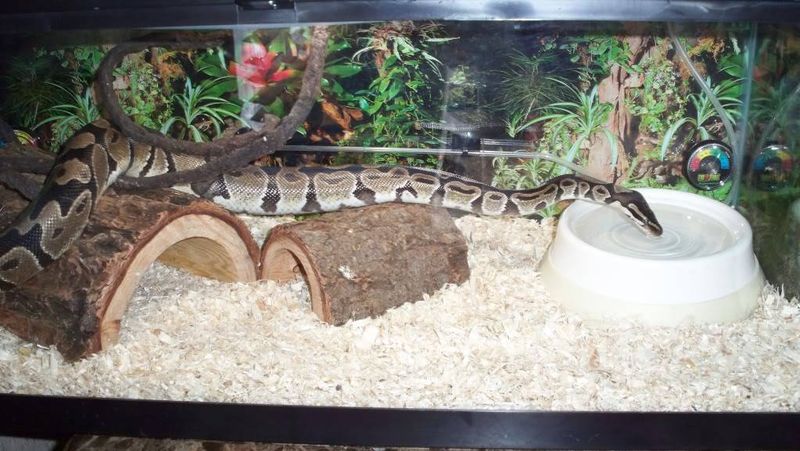
The emergency vet bill still makes me wince—my friend’s snake needed surgery after ingesting cedar shavings that caused intestinal blockage and respiratory issues. Substrate choice impacts your snake’s health more than you might think.
Avoid cedar, pine, and scented beddings which contain harmful oils that damage reptile respiratory systems. Sand is another no-no for most species—it can cause impaction if accidentally ingested during feeding. Instead, use aspen shavings, paper-based products, or reptile-safe cypress mulch.
For desert species like Sidewinders that naturally inhabit sandy areas, a mixture of play sand and soil can work if feeding occurs in a separate container. Substrate depth matters too—burrowing species like Rosy Boas need at least 3-4 inches to display natural behaviors. Change bedding monthly or immediately if soiled.
9. Panicking During Shedding Problems
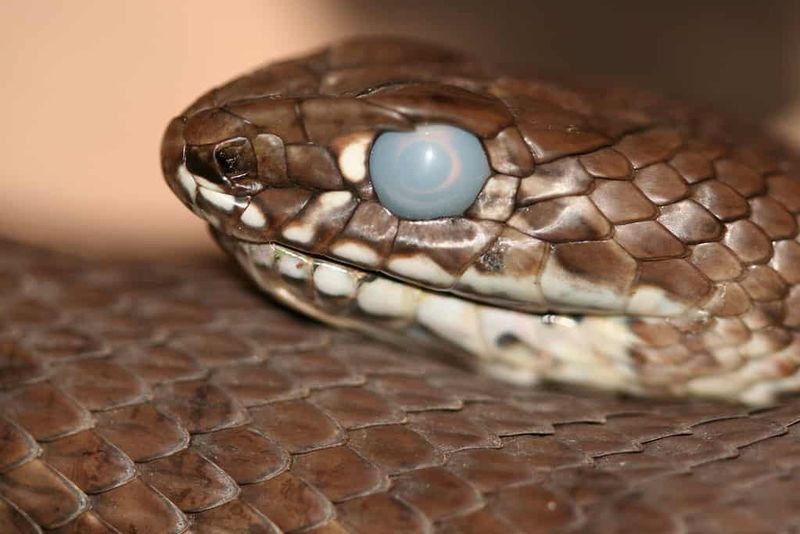
“Help! My snake is turning white and blind!” The frantic late-night call from a new snake owner still makes me laugh. What they witnessed was normal shedding, but misunderstanding this process leads to unnecessary stress for snakes and owners alike.
Arizona’s dry climate makes proper shedding challenging for captive snakes. When your snake’s eyes turn bluish (called “blue phase”) and skin dulls, increase humidity slightly by misting one side of the enclosure or adding a larger water dish. Never pull stuck shed off your snake—this can damage scales and underlying tissue.
For stubborn shed, create a “humidity box” with damp paper towels or sphagnum moss, or try a supervised soak in shallow, lukewarm water. After a complete shed, check toes, tail tip, and eye caps for retained pieces. Consistent shedding problems often indicate humidity or nutritional issues that need addressing.
10. Skipping Veterinary Care And Health Checks
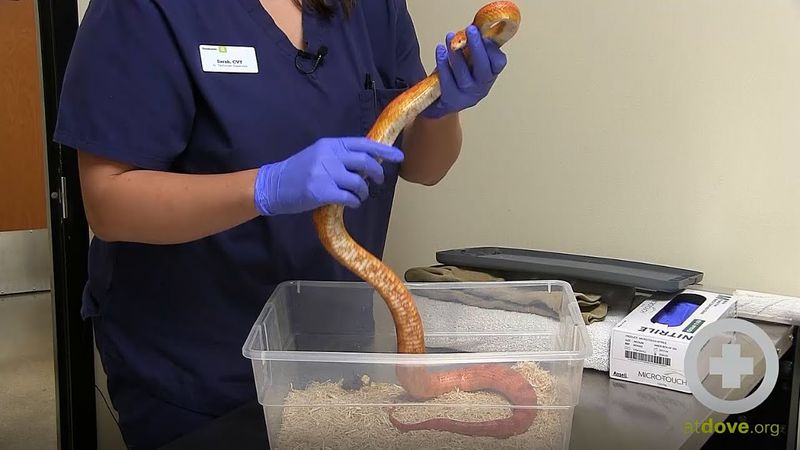
“Snakes don’t need vets” nearly cost my ball python her life when a respiratory infection went untreated for weeks. I learned the hard way that reptiles hide illness until it’s often critical.
Find an exotic vet experienced with reptiles before you need one. Schedule a wellness exam within the first month of acquiring your snake, then annually thereafter. Bring a fresh fecal sample to check for parasites—particularly important for wild-caught Arizona species that often harbor significant parasite loads.
Weigh your snake monthly and keep records of feeding, shedding, and behavior. Watch for warning signs like weight loss, abnormal feces, bubbles from the nose/mouth, stuck shed, or changes in behavior. Most health issues in captive snakes stem from husbandry problems, so proper preventative care saves money and heartache in the long run.
